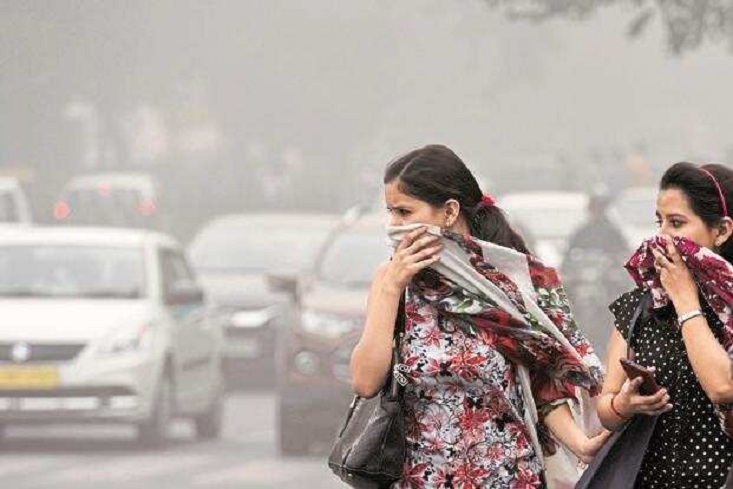‘Air pollution didn’t drop in COVID lockdown’
18 Nov 2021 09:22:57

TORONTO :
THE drop seen in air pollution in India during the COVID-19 induced lockdown was misleading as much cleaner air facilitated more sunshine to get through creating conditions for ozone (03) to increase up to 30 per cent, leading to potential health hazards, claims a new study. Researchers at Toronto’s York University, who studied data from Delhi and Hyderabad, say, blue skies and absence of city emissions during the lockdown were deceiving as levels of ‘some dangerous pollutants’ did not drop. According to observational data, the first national lockdown from March 24 to April 24 last year due to COVID-19, drastically cut down emissions as vehicle movement and construction were halted. The study revealed that local sources of emissions, such as vehicles and the burning of fuels, had less influence on air pollution levels than regional emissions sources, while weather events and atmospheric chemical processes contributed independently to air pollutant levels.
“We demonstrate that regional sources, such as rural and agriculturally based emissions, that may have been less affected by the lockdown, have a significant influence on PM2.5 levels in Delhi and Hyderabad after weather normalisation. This indicates that future PM2.5 mitigation strategies should focus on national-scale, as well as local sources,” said Cora Young, Associate Professor at the varsity. “Overall, this study highlights the impact of emissions, meteorology and chemistry on air pollution and that all three should be considered when assessing the effects of any short-term intervention on air pollutants,” Young added.